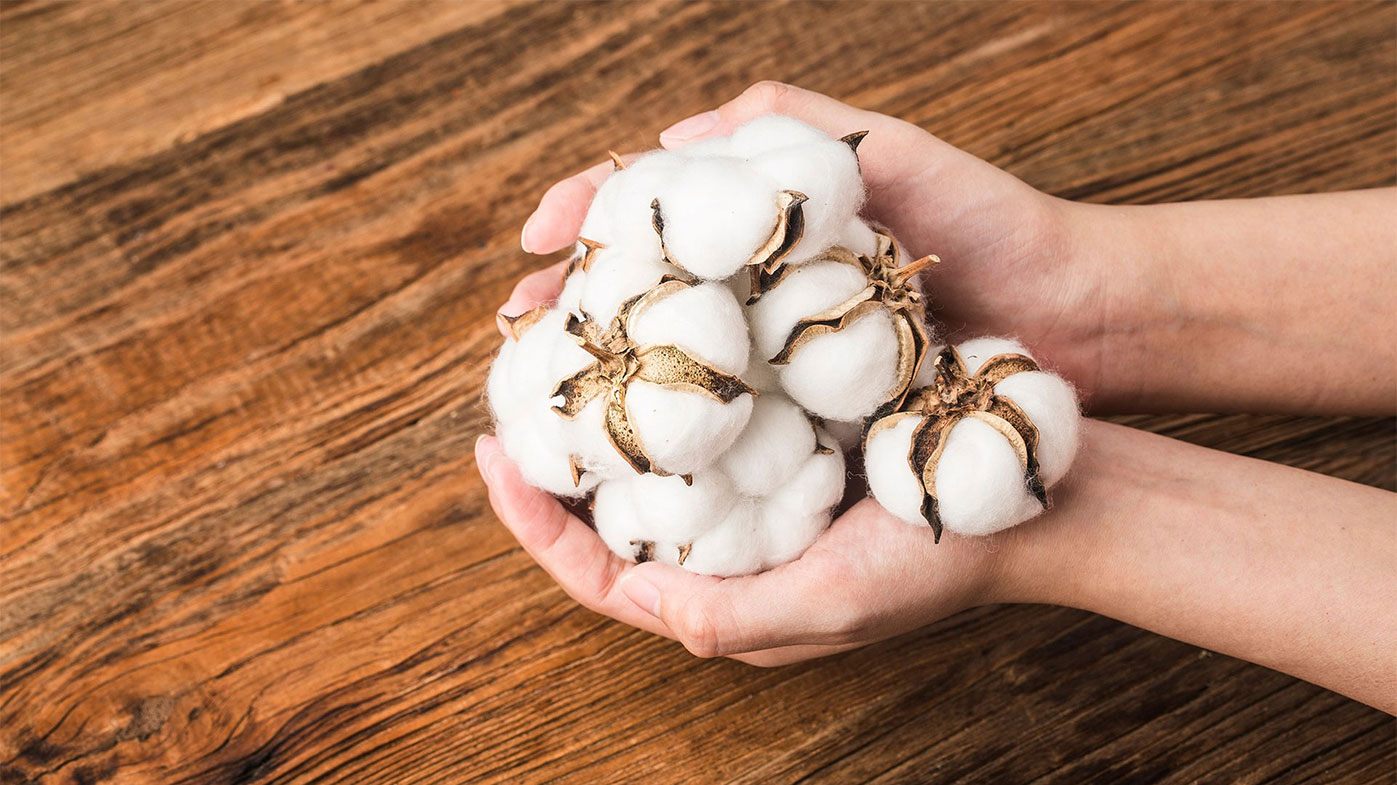
Aug 11, 2025
Cotton’s good news: the December futures contract settled the week near the upper end of last Friday’s trading range. That’s always a good sign, and the first one that suggests prices might be higher tomorrow. Good news also came in the form of a 24-point increase in prices for the week.
Yes, we do look for such prices indicators. Being forthright, there are other technical market signals that suggest more bearishness faces cotton prices. There cannot be a bull market without demand.
December futures settled the week with the devil’s three sixes, 66.60 cents. The weekly settlement kept the 66-cent handle on the market for the second consecutive week. However, the market spent the week trading below all five of the major moving averages (10-, 20-, and 40-day), as well as the 100-day and the 200-day moving averages — the signature of a market looking to move lower. Additionally, we have seen the building of lower highs and lower lows — the definition of a downtrend.
It seems all is lost as December also broke below its 12-to-13-week trading range, falling below 66 cents during Friday’s trading and touched 65.88 cents before recovering just before the weekly closing bell.
The current trading pattern suggests prices will fall as low as 63 cents, basis December, before finding support. Yet, growers are advised not to take pricing action at this point as the potential for LDP marketing strategies is very high.
Those looking for higher prices continue, rightfully so, to speak of the need for moisture across West Texas. The region is a mixed bag of abandoned fields, fields hanging on, average fields, and a good sprinkling of fields projecting more than 2,000 pounds per acre. Simply, it is still too early.
That said, USDA will give us its August supply demand report on Aug. 12. However, USDA’s yield estimate will be a subjective estimate, as the first objective yield survey will not be conducted until Sept. 1 and made public on Sept. 12.
Some might refer to the current crop situation as normal. However, the crop is very late, and this gives time for moisture to boost yields higher. Should the region receive both August and September rain, yields could still be very significant. Consequently, market prices are free to drift lower with the smell of any moisture in the air. Much of the acreage needs additional moisture, but some locations have enough to harvest 800 pounds even if no more is received.
Simply, it is far too early to put a number on the size of the U.S. crop. The September estimate will give us a hint, but it will be the October and then the November estimates that could move the market. Recall the mention of a late crop. Thus, it could be December before we have a solid feel for the size of the 2025 U.S. cotton crop.
The market will require documented estimates indicating that the size of the U.S. crop is decreasing before prices can again challenge the upper 60s. Such documentation is not expected, at the earliest, for another month.
Three additional consumption-related indicators all stressed cotton prices on the week:
Grower forward pricing and/or hedging will dwarf the mills buying that will be done in the coming weeks/months. This portends considerable bearish pressure on the December futures contract and increases the likelihood that December will slip to the 63-cent level.
The still frustrated few continue to suggest that tariffs are hurting cotton. Nothing in economics suggest tariffs are “bad.” That said, I am, without question, a free trade guy. Rather, agriculture — and specifically cotton — is a staunch supporter of fair trade. Fair trade opens wide doors for the use of tariffs, and that is the current format of the U.S. economic policy. Too, this is the exact policy the U.S. cotton industry has requested for more than 40 years. Those bemoaning tariffs get in trouble with their economics.
Some economists do, as well. They forget the assumptions upon which all economic theory is based. It is easy to do. I have done it myself. Some say tariffs are a tax. Yet, they fail to account for a little discussed concept of economic rent and the “likelihood” that a sizable portion of the tariff is being paid by what economists refer to as “economic rent.”
Enough of my economic theory lecture. You do not want to hear it.
The cotton industry has been exceptionally well served by the economic policies and legislation of the current administration, far better than all expected. Agriculture, with its rapidly declining constituency, has been extremely well supported by the current administration, a clear indication that the U.S. government understands the importance of agriculture. Are there difficulties? Absolutely. Agricultural commodities are essentially at “rock bottom.” Yet, remember that at “rock bottom,” agriculture’s bark is louder than the bark of all others. Remember, the barking dog gets fed first.
As we suggested last week, the trading range was expanded. The market will have difficulty trading back above 68 cents and will likely see the 66-cent area as its favorite number for the coming month, with a downward bias. Yet, growers are advised not to take immediate pricing action as the potential for LDP marketing strategies is very high.
Give a gift of cotton today.
